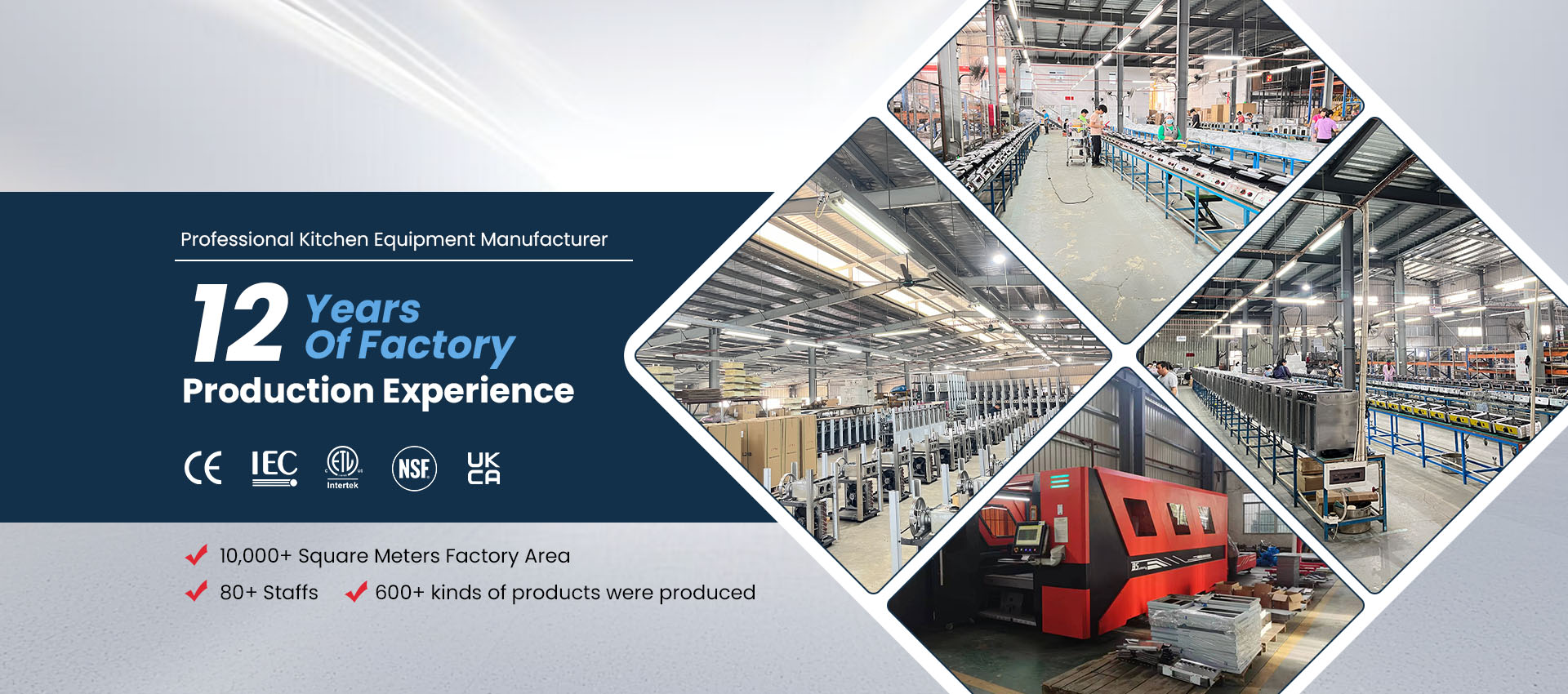Can You Convert A Natural Gas Fryer To Propane
Many kitchens rely on Gas Fryers for fast, efficient cooking. However, not all gas types are the same — most fryers are built for natural gas (NG) or liquefied propane (LP). If you’re moving to a new location or changing fuel sources, you might wonder: can a natural gas fryer be converted to propane?
The answer is yes, but it must be done correctly and safely. Let’s explore how this conversion works and what you should know before attempting it.
The Difference Between Natural Gas and Propane
Although both are gas fuels, natural gas and propane differ in composition, pressure, and energy output:
| Feature | Natural Gas | Propane |
|---|---|---|
| Energy per cubic foot | Lower | Higher |
| Operating pressure | Low | High |
| Source | Municipal gas line | Portable tank or cylinder |
| Orifice size | Larger | Smaller |
Because propane burns hotter and at higher pressure, the gas orifices and regulators must be adjusted to handle the different fuel safely. This is why conversion requires specific hardware.
How Conversion Works
Most modern fryers are designed to allow conversion between gas types with a conversion kit supplied by the manufacturer. This kit typically includes:
Replacement gas orifices
A new regulator spring or assembly
Detailed conversion instructions and labels
These parts modify the gas flow rate so your fryer operates correctly under propane pressure.
Steps Involved in Conversion
Important: Conversion should always be carried out by a qualified gas technician or an authorized service agent. DIY attempts can cause unsafe pressure levels, incomplete combustion, or even gas leaks.
Shut off all gas supplies and disconnect power to the fryer.
Remove the natural gas orifices and replace them with propane-rated ones from the kit.
Adjust or replace the gas regulator to match LP pressure requirements.
Check burner alignment and flame color — propane should produce a steady blue flame.
Perform a leak test using soapy water or a gas leak detector before reactivating the fryer.
Once complete, the fryer should be labeled with the correct gas type to prevent confusion later.
Safety Considerations
Do not use a natural gas fryer directly with propane without conversion — the pressure difference can damage the equipment or cause fires.
Use the correct conversion kit specified by your fryer’s manufacturer. Each model may have unique requirements.
Inspect regularly for leaks, flame stability, and regulator performance.
Follow local regulations and codes regarding gas appliance modification — many jurisdictions require inspection after conversion.
When Conversion Isn’t Advisable
If your fryer is very old or lacks a manufacturer-approved conversion kit, replacement may be safer and more economical. The cost of parts and labor for conversion can sometimes approach the price of a new, properly configured fryer.
Advantages of Propane After Conversion
Switching to propane offers several benefits:
Mobility: Ideal for food trucks, outdoor kitchens, and catering setups.
Energy Density: Higher BTU output per unit than natural gas.
Off-Grid Use: Works anywhere without a municipal gas connection.
However, propane tanks require safe storage, periodic refilling, and proper ventilation.
Final Thoughts
Yes — you can convert a natural gas fryer to propane, but only with the correct conversion kit and professional installation. It’s a practical option if you’re relocating, upgrading, or moving your fryer outdoors.
Always prioritize safety: improper conversions risk gas leaks, uneven flames, and damage to internal components.
For premium kitchen appliances, built-in gas equipment, and technical guides, visit MLP Kitchen — your trusted partner for professional-grade cooking solutions designed for efficiency, safety, and style.



